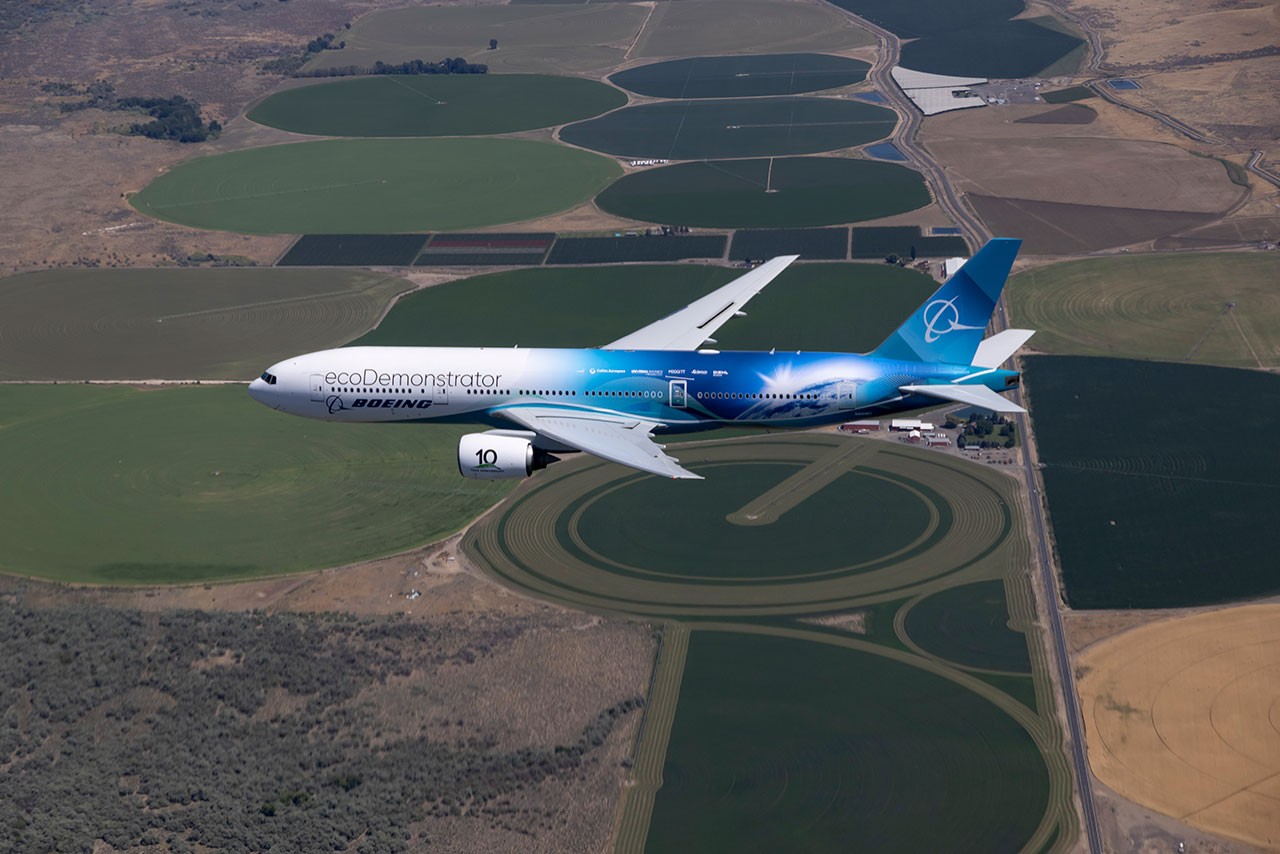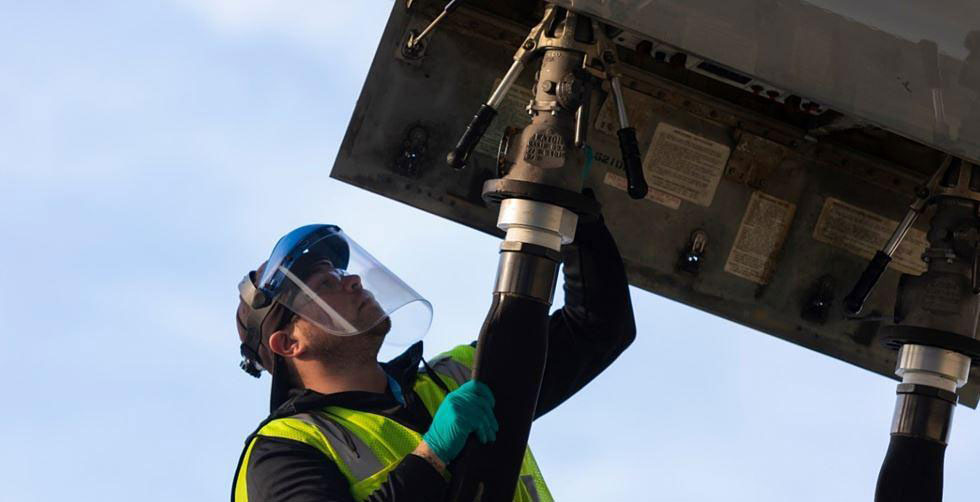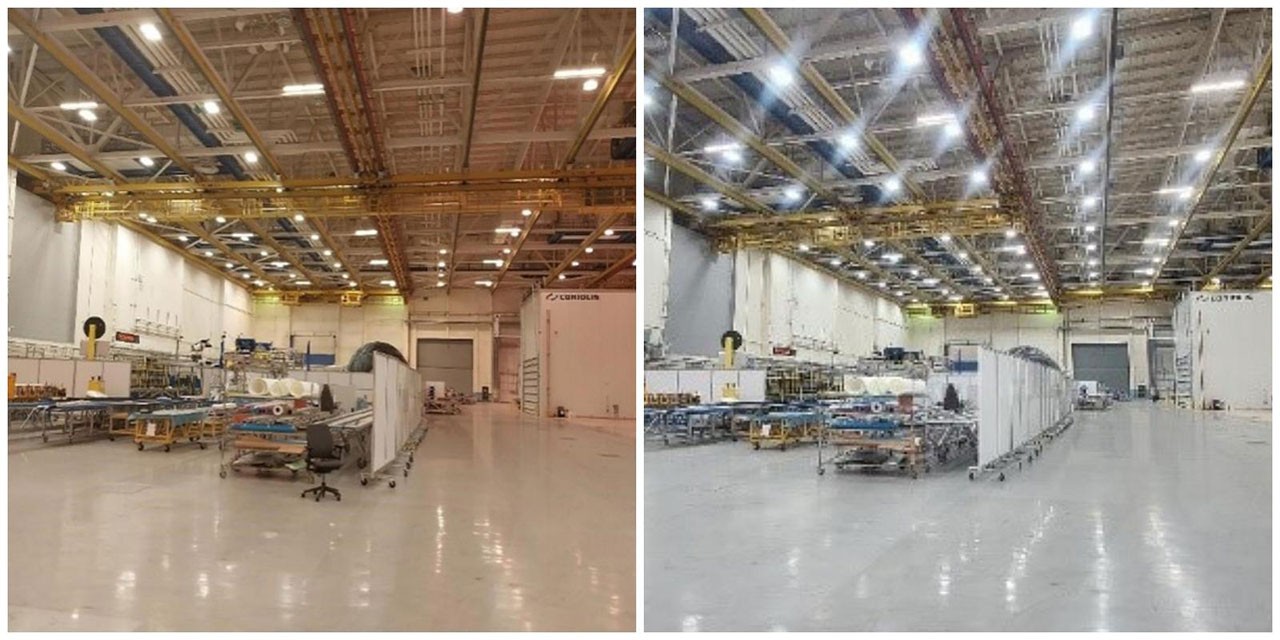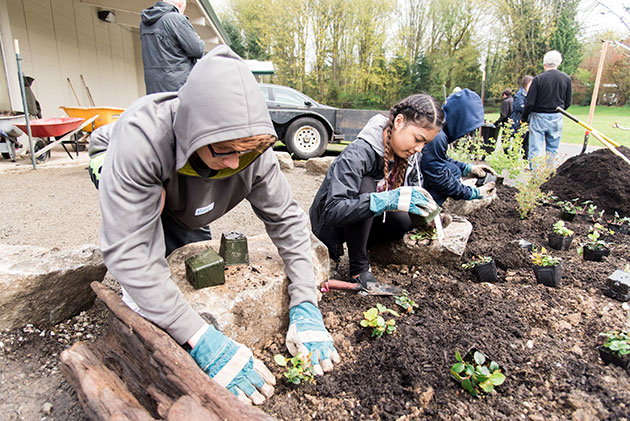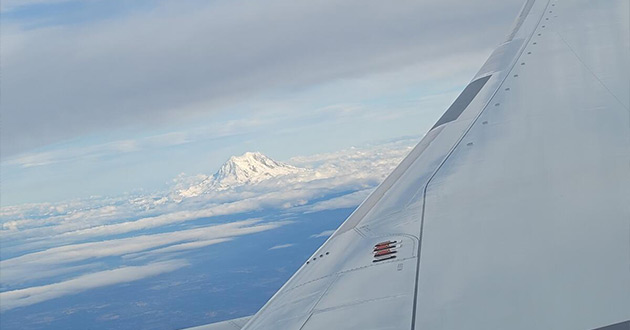Boeing to buy 9.4M gallons of blended sustainable aviation fuel
Since 2022, the company has placed agreements for 17 million gallons of blended SAF.

Boeing agreed to purchase 9.4 million gallons (35.6 million liters) of blended sustainable aviation fuel (SAF) to support 2024 U.S. commercial operations as the company works to help grow the supply of the fuel globally.
- This is Boeing’s largest annual purchase of SAF. Since 2022, the company has placed agreements for 17 million gallons (64.3 million liters) of blended SAF to support operations.
- The volumes will support the Boeing ecoDemonstrator program as well as Boeing commercial production, test, ferry and delivery flights.
Why it matters: SAF is essential to decarbonize aviation. SAF can reduce life cycle carbon emissions up to 85%, offering the commercial aviation industry’s greatest potential to reduce its climate impact over the next 30 years.
The big picture: Today, SAF only accounts for 0.1% of commercial fuel usage. Boeing is working to make SAF more available to our commercial airline customers through collaboration, investment, research and policy development.
Zoom in: The fuel will be produced by Neste and World Energy and will be made up of 30% SAF made from waste by-products such as fats, oils and greases, and 70% conventional jet fuel.
Boeing will receive 4 million gallons of blended fuel into its fuel farms in the Pacific Northwest, including:
- 2.5 million gallons of Neste blended SAF supplied by Epic Fuels.
- 1.5 million gallons of Neste blended SAF supplied by Avfuel.
Boeing will also purchase 5.4 million gallons of blended SAF by book-and-claim, including:
- Epic Fuels will supply 3.5 million gallons from Neste.
- World Kinect will supply 1.9 million gallons from World Energy.
What’s book-and-claim? Book-and-claim is an accounting process when a company purchases SAF certificates to displace conventional jet fuel. Instead of putting the fuel into a Boeing fuel farm, distributors will deliver it to nearby airports for use by airlines and other carriers.
By Ivan Gale
